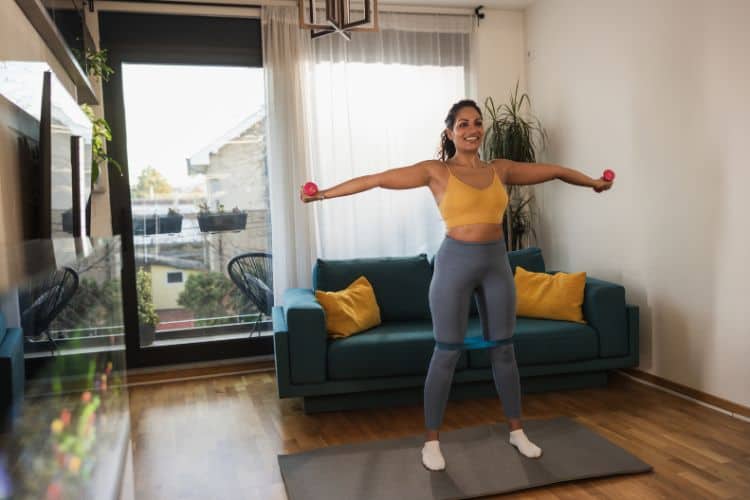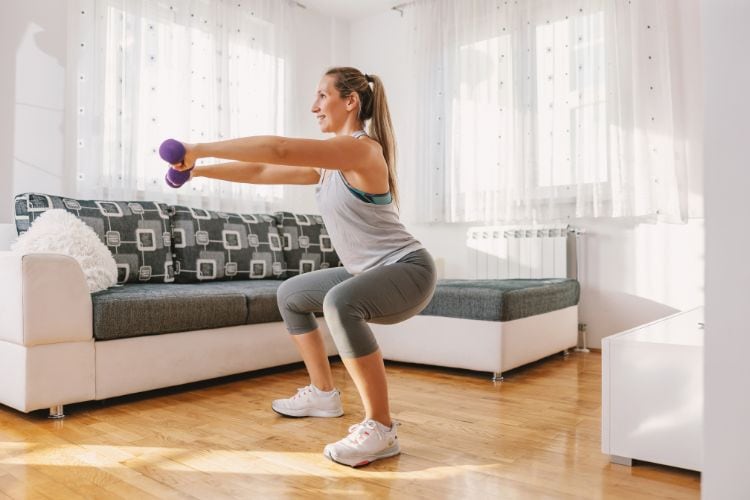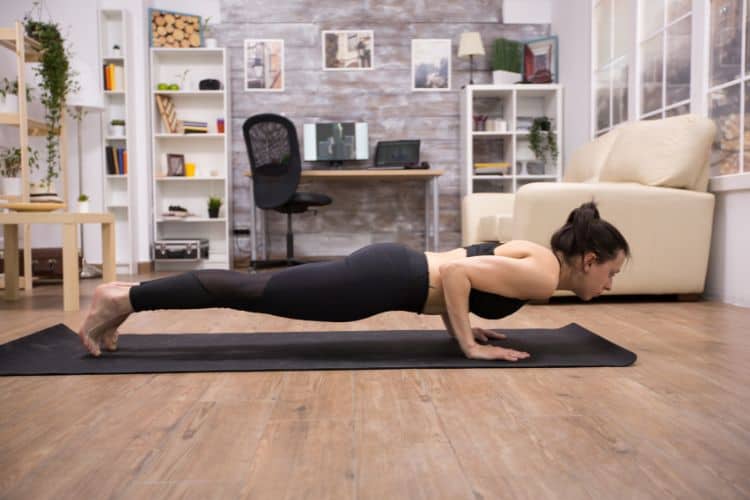Sign up for workout ideas, training advice, reviews of the latest gear and more.






Progressive resistance training (PRT) is one of the most effective strategies for building muscle, increasing strength, and improving overall fitness. This training principle revolves around gradually increasing the weight, repetitions, or intensity of your workouts to continuously challenge your muscles and stimulate growth. Whether your goal is muscle hypertrophy, strength gains, or improved athletic performance, a well-structured progressive resistance training workout plan will help you achieve results faster and more efficiently.
In this guide, we’ll explore what progressive resistance training is, its benefits, how to structure a program, and a detailed workout plan you can follow. By the end, you’ll understand how to apply progressive overload to your training routine for sustainable progress.
Progressive resistance training is based on the progressive overload principle, which means you must continuously increase the demands placed on your muscles for them to grow stronger. This can be achieved by:
Without progression, your muscles adapt to the workload, and your results plateau. Progressive resistance ensures your body is always working harder, leading to continuous improvements.
A well-designed progressive resistance training workout plan offers numerous physical and mental benefits:
By gradually increasing the load, your muscles adapt and grow stronger, making daily tasks easier and improving sports performance.
Progressive overload stimulates muscle fibers, triggering repair and growth over time for a more defined and muscular physique.
Weight-bearing exercises strengthen bones, reducing the risk of osteoporosis and fractures.
More muscle mass means a higher resting metabolism, helping you burn more calories even at rest.
Strong muscles support joints, improving stability and reducing injury risk during activities.
Progressive resistance training requires discipline and consistency, building mental resilience over time.
To get the most out of your progressive resistance training workout plan, follow these core principles:
Increase the weight by about 2-5% once you can complete the target reps with good form.
Aim for 2-4 strength training sessions per week, allowing for muscle recovery.
Always prioritize technique over heavy lifting to prevent injury.
Adequate rest and nutrition are essential for muscle repair and growth.
Keep a workout log to record your lifts, reps, and sets for consistent improvements.
Progressive resistance can be implemented in several ways:
Increase the weight each workout until you can no longer complete the reps, then reset and start again.
Increase weight every few weeks instead of every session to allow for adaptation.
Increase repetitions first, then increase weight once you hit the rep target.
Vary weights and reps within the week for different training stimuli.
Below is a 4-week progressive resistance training plan designed to target all major muscle groups. This program uses compound lifts for strength and accessory work for hypertrophy. You’ll train 3 days per week with a full-body split to allow for recovery while still promoting growth.
1. Barbell Back Squat – 4 sets x 6-8 reps
2. Bench Press – 4 sets x 6-8 reps
3. Barbell Bent-Over Row – 4 sets x 8 reps
4. Overhead Press (Barbell or Dumbbell) – 3 sets x 8-10 reps
5. Plank Hold – 3 sets x 45-60 seconds
Progression Tip: Increase weight by 2-5 lbs weekly if you can complete all reps with proper form.
1. Romanian Deadlift – 4 sets x 8-10 reps
2. Dumbbell Incline Press – 4 sets x 8-10 reps
3. Pull-Ups or Lat Pulldown – 4 sets x 8-10 reps
4. Dumbbell Lateral Raise – 3 sets x 12-15 reps
5. Cable Face Pulls – 3 sets x 12-15 reps
Progression Tip: Focus on increasing reps before increasing weight.
1. Deadlift – 4 sets x 4-6 reps
2. Push Press – 4 sets x 6-8 reps
3. Front Squat – 3 sets x 6-8 reps
4. Kettlebell Swings – 3 sets x 12-15 reps
5. Hanging Leg Raises – 3 sets x 10-15 reps
Progression Tip: Add weight or increase explosive power each week.
Here’s how your progression should look:
Perform 5-10 minutes of light cardio followed by dynamic stretches and lighter sets of your main lifts.
Squats, deadlifts, bench presses, and rows should form the backbone of your training.
Isolation exercises help target smaller muscle groups for balanced development.
Aim for a protein intake of 1.6–2.2 g/kg of body weight to support muscle growth.
Sleep at least 7-9 hours per night and take rest days seriously.
| Week | Focus | Weight Increase | Notes |
|---|---|---|---|
| 1 | Establish baseline | N/A | Focus on form and consistency |
| 2 | Increase reps or weight | +2-5% weight | Maintain proper technique |
| 3 | Technique refinement | Maintain | Focus on tempo and control |
| 4 | Progressive overload | +2-5% weight or reps | Push for personal bests |
1. Can beginners do progressive resistance training?
Yes, beginners benefit greatly from PRT, but they should start with lighter weights and focus on learning proper form before increasing loads.
2. How long should I follow a progressive resistance plan?
You can follow this style indefinitely, adjusting exercises and loads as you advance.
3. Can I do progressive resistance training at home?
Absolutely! You can use dumbbells, resistance bands, kettlebells, or even bodyweight exercises to apply progressive overload.
4. How soon will I see results?
With consistency, beginners often notice strength and muscle improvements within 4-6 weeks.
A progressive resistance training workout plan is one of the most effective ways to build strength, muscle, and endurance. By gradually increasing the demands placed on your body, you ensure continuous improvement and avoid plateaus. Whether you train at home or in the gym, applying progressive overload through smart programming, proper form, and consistent effort will help you achieve lasting fitness results.
If you want to maximize your progress, track your lifts, focus on recovery, and challenge yourself week after week. Over time, the small, consistent increases will lead to big transformations in strength, physique, and performance.
Want more workout and video guide?
Follow us on Pinterest, Facebook, and Subscribe to our Newsletter and Stay tuned for FREE downloads of our App coming soon!
Stay up to date on the latest women’s health, fitness and lifestyle trends and tips.